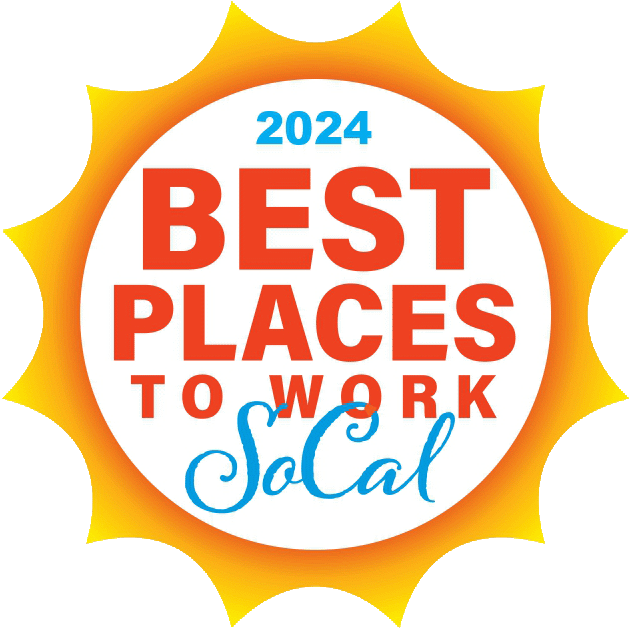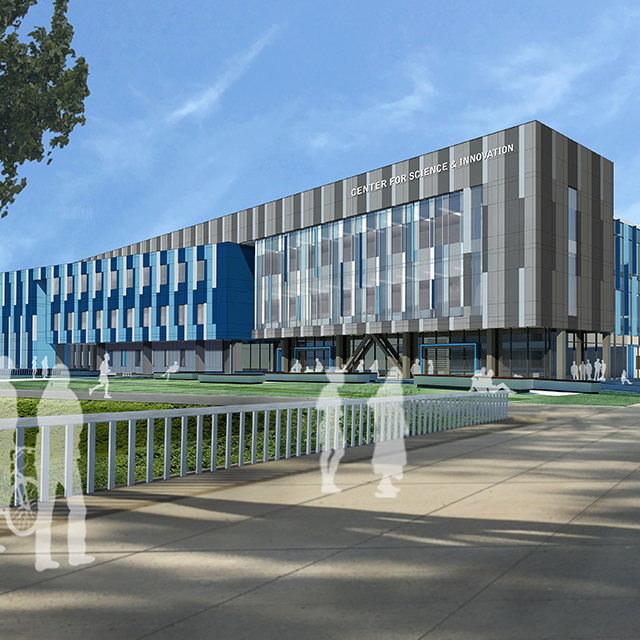By Tom Jones, Project Executive at C.W. Driver Companies
In Southern California and nationwide, the higher education market is thriving with new construction and renovation projects. Demand is high, and schools are hoping to complete major projects while the economic environment is positive. The competition between higher education facilities has always been strong, but the increased scrutiny on whether rising tuition is worth the investment makes it a necessity for colleges to make major improvements to campus infrastructure. Ample student housing and recreation options are important to attract and retain students, while state-of-the-art science and technology buildings are driven by the need for modernization and increased focus on STEM-related careers.
Science and technology buildings
In the 50s and 60s, the Apollo program prompted major universities across the country to prioritize science programs, and there was a major push to build science and tech buildings to accommodate the growth. Nearly all of these buildings are now in need of modernization, and in many cases demolition, with new ground-up construction in its place. Encouraged by the focus on STEM/STEAM programs in high schools, universities have recognized that they need to have state-of-the-art science and technology buildings to stay competitive. It’s where jobs are coming from, and donors are very attracted to schools with good technology-based programs.
Currently, we’re working on an 87,000-square-foot Center for Science and Innovation at CSU Dominguez Hills, a 150,000-square-foot Center for Science and Technology at Chapman University and a 97,000-square-foot Center for Science, Technology and Health at Biola University.
The features of these buildings are completely custom with specialty lab equipment, infrastructure to accommodate changing technology and other laboratory elements to ensure safety for all users. For example, classrooms often require fume hoods for chemicals and medical gasses, de-ionized water, superior ventilation and a variety of other safety measures depending on each room’s use. It’s also important to incorporate technology throughout the space, with room for students to collaborate. These types of buildings are a popular – and now required – asset for higher education campuses, who seek to attract and prepare students in these growing fields.
Student housing
The demand for student housing is exploding in private, public and even community colleges. We’re in the process of building an 819-bed student housing project for Orange Coast College, with a second phase planned that will bring the count up to 2,000 beds. These types of projects are becoming much more prevalent at community colleges, with schools wanting to ditch the commuter reputation. Instead, these institutions aim to provide a place where students can live, study, shop, eat and get the full college experience.
Often major profit-centers for universities, student housing can range from a couple hundred to several thousand beds. For universities that aren’t as flush with cash, short on land or that simply don’t have the resources to manage a project of this size, private-public partnerships (P3s) are an option. Partnering with a developer also allows schools to avoid debt, and frees up capital for other on-campus facilities such as classrooms and libraries.
Student unions and recreation centers
Recreation centers and student unions are also seeing a major increase in building activity across the country. Unlike science/technology buildings and student housing, these projects are funded directly by the Associated Student Body. With student unions being the focal point of many college tours, including extensive amenities is a top priority. From food courts to bowling allies to music rooms, student unions are the hub of campus activity.
Recreation centers have also come a long way in recent years. Massive recreation pools serve as a place to socialize as much as exercise, and the latest gym equipment, dance studios and basketball courts are standard. We built a student recreation center for CSU Northridge that included a multi-story rock climbing wall, 18,500-square-foot weight and fitness space, drop-in childcare room, 10,000-square-foot pool and deck, lighted outdoor field and more. Our student recreation and wellness center for San Francisco State University includes wellness program space, an elevated jogging track, racquetball courts, leisure/lap pool and a variety of fitness studios.
The boom in private, public and community college building will only continue to intensify as aging facilities require face lifts, students continue to demand the latest amenities and schools compete to attract and retain students.


